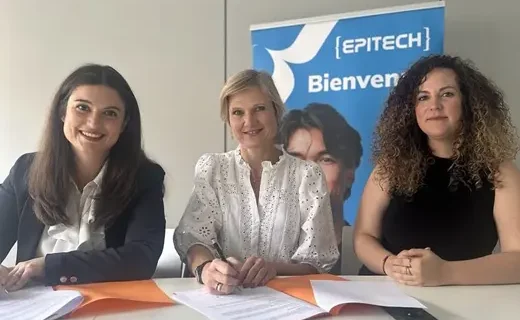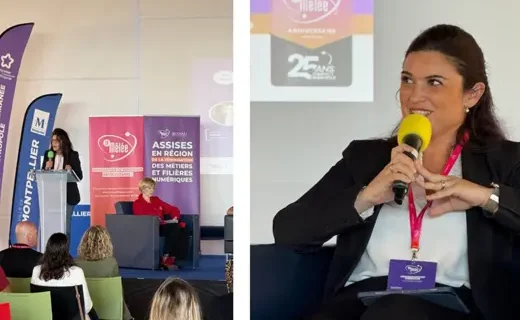
Suivez toute l’actualité d’Epitech
-

Hackathon GenAI : quand l’innovation rencontre la pédagogie
Trois jours d’immersion totale dans l’intelligence artificielle générative ont animé…
-

Epitech Alumni Story – Louis : parcours d’un expert en cybersécurité
Pour aider les futurs étudiants à mieux comprendre les débouchés…
-

Epitech et Elles bougent s’allient pour agir, inspirer et transformer
Depuis plusieurs années, le constat est le même : les…
-

Learning Expedition en Chine : l’immersion des étudiants Epitech
Une expérience internationale au croisement de la technologie, de l’éducation…
-

Étudier à l’international avec Epitech : direction la Corée du Sud
En quatrième année, les étudiants d’Epitech ont l’opportunité de partir…
